By Ethan Rohrbach
For the past 40 years, the scientific community has been aware that a major earthquake caused by the Cascadia subduction zone could strike the Pacific Northwest. Enter Multnomah County’s $895 million “Earthquake Ready Burnside Bridge,” set to open in 2031. County Commissioners decided that replacing the current bridge is necessary to safeguard Portland’s lifeline routes. But how necessary or helpful will a new bridge really be?
Even though the new bridge will be the same width as the old bridge, pedestrian and bus lanes will be widened in exchange for one fewer Eastbound car lane. City planners think this will discourage car ridership, and therefore auto emissions. Plans assume that peak-hour bike traffic will increase by more than 450% and that a third of car drivers will become bicyclists. These expectations are unrealistic.
There were other less expensive options besides building a new Burnside Bridge. For example, Tilikum Crossing might be used under emergency circumstances because it is wide, seismically resilient, and could be cleared quickly for cars.
Ultimately, the rationale for the new Burnside Bridge is the assumption that it would withstand a major earthquake in the near future. In reality, there is no way to know when the next earthquake will occur, how strong it would be, or how many of Portland’s bridges would remain functioning. The Burnside Bridge plan seems more like a coercive tactic to reduce automobile travel by constraining road capacity on a major Portland bridge.
Ethan Rohrbach is a Research Associate at Cascade Policy Institute, Oregon’s free market public policy research organization.
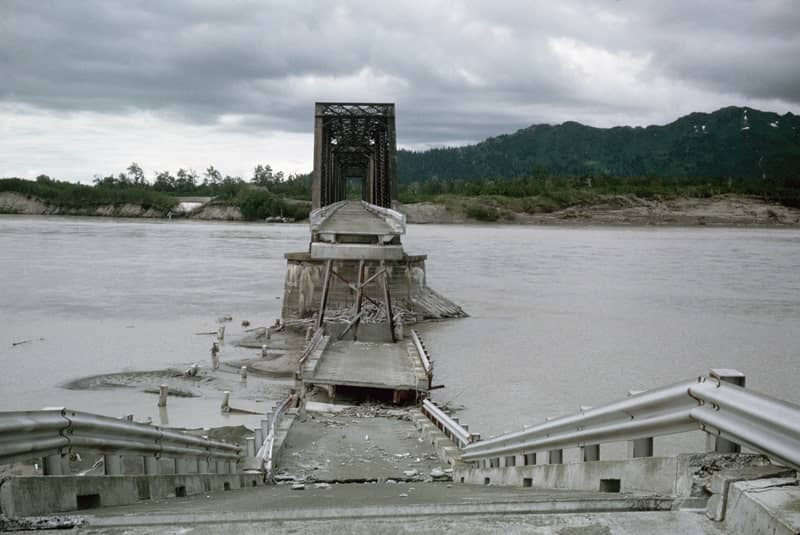

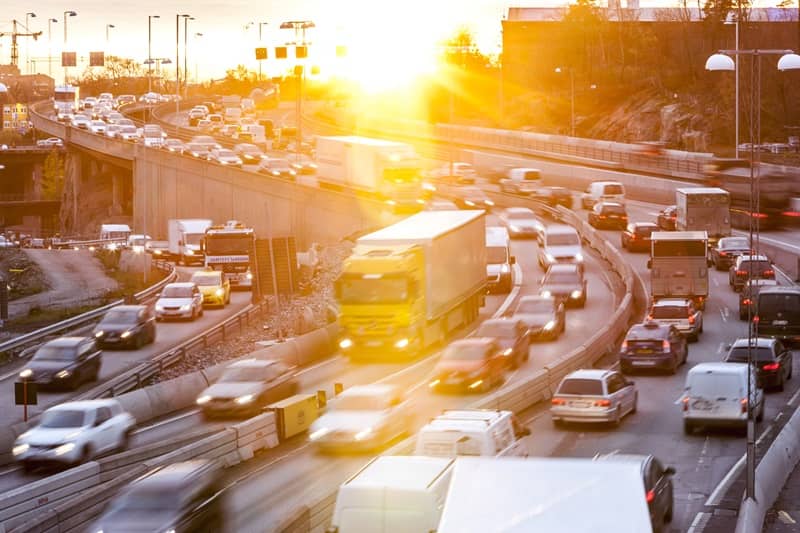
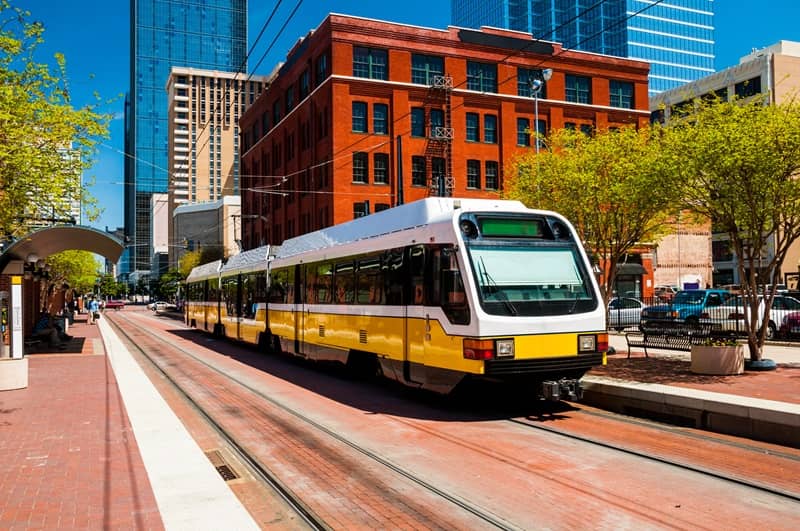
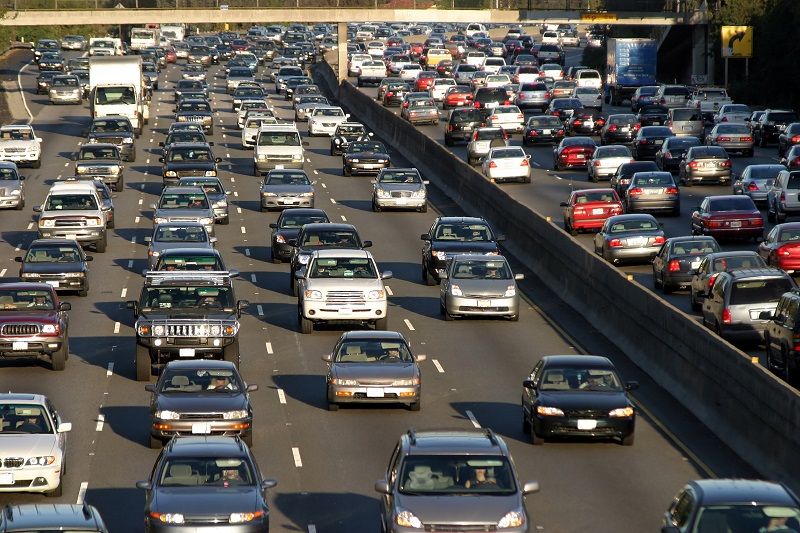

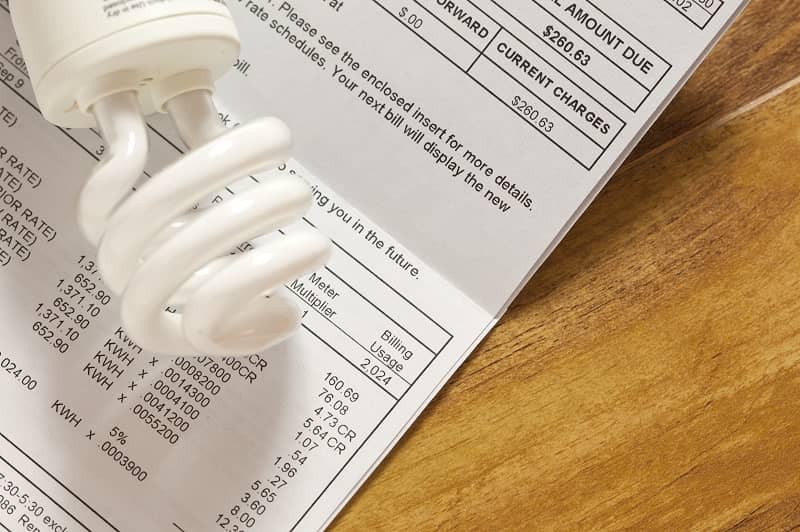
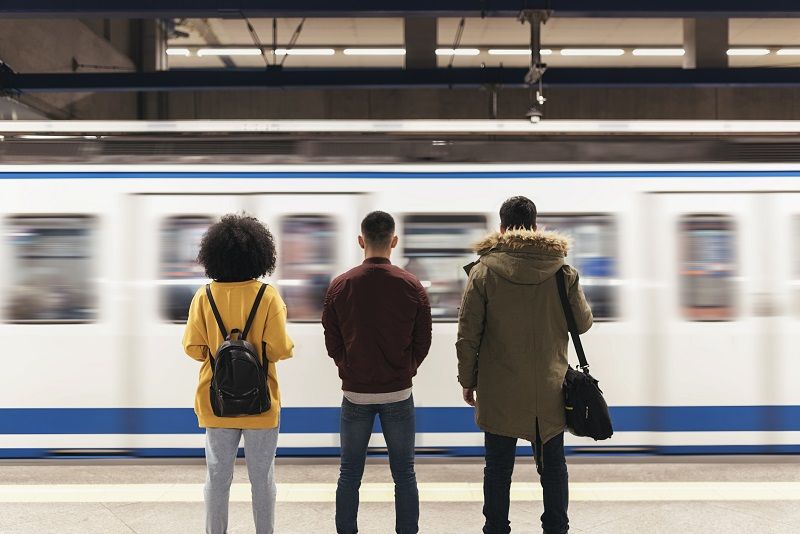
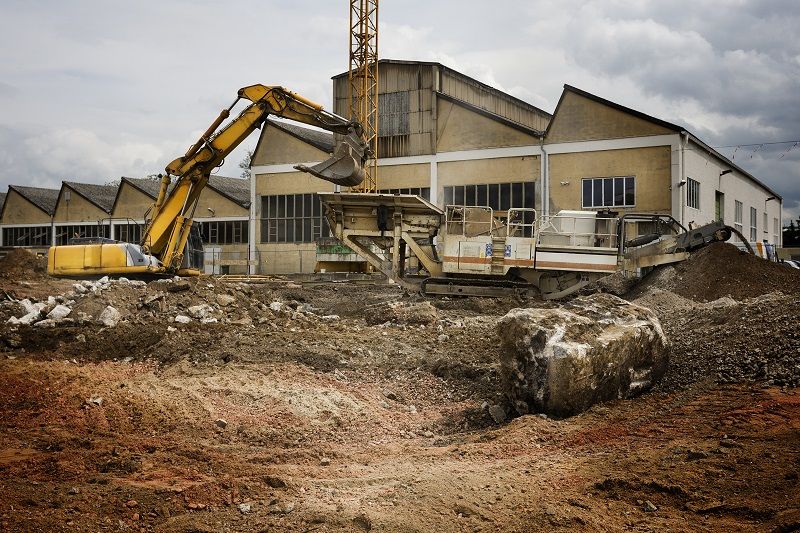
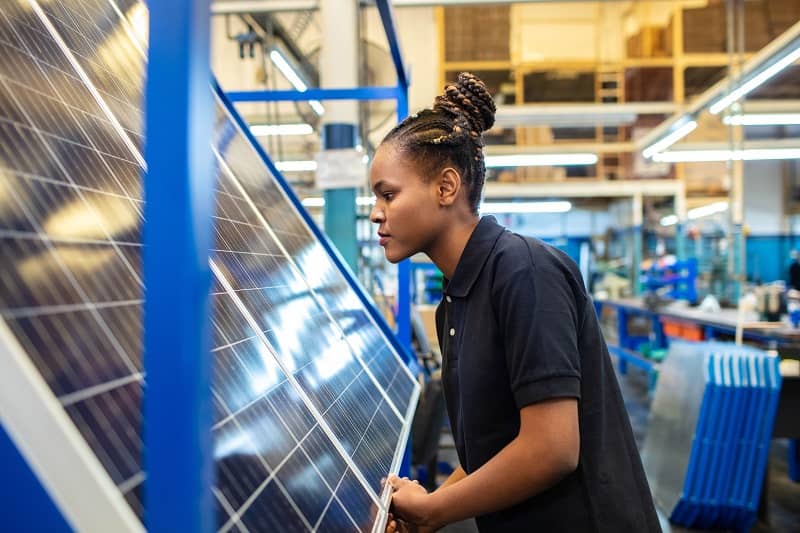

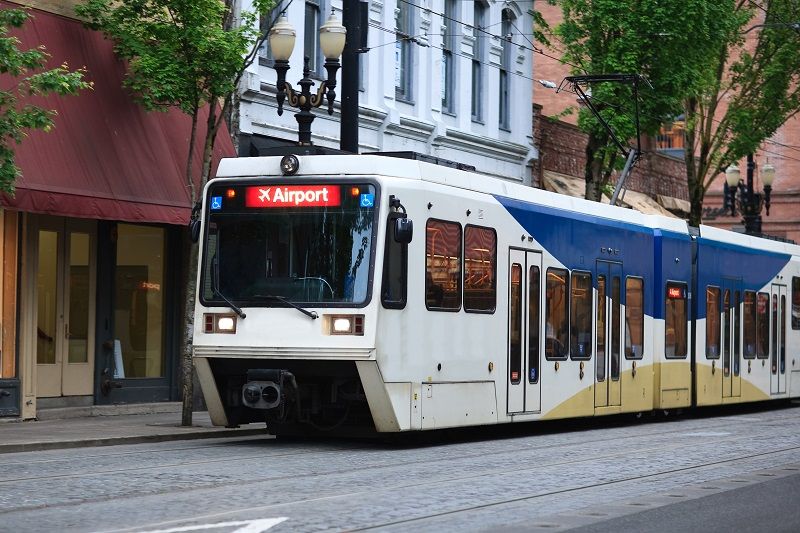

Dean Suhr
It’s quite likely that the rebuilt Burnside Bridge will have less vehicle capacity AND will have TOLLING for those that survive the increased congestion waiting to cross.
IP-31, the Vote Before Tolls initiative will give the citizens the final say on tolling, and since the City probably doesn’t have and extra $1B sitting around for the new bridge, we can get a say on a more efficient and more appropriate bridge design.
Art Lewellan
Were the Burnside to collapse above I-5 may be the go to rationale. OTOH, the bascule lift in place is apparently more stable, could be retained, replaced later if. Cable-stayed bridge for both sides, east and west. Inhibits or perhaps helps helicopter flight operations.
Art Lewellan
Author “The Walking Communities of 2040” essay
and “The Seattle Circulator Plan”
(still blacklisted in seattle)
Art Lewellan
Wow.. Thanx for letting my comment be considered.
I am vehemently opposed to the RoseQ I-5 “widening” debacle.
Poor engineering putting the public in harm’s way.
Existing traffic hazards worsened. Accident ratings
rise anywhere near any freeway access point. Hwy 99W
MAX voters said hell no. Still next to no regard for
detrimental impacts SW Corridor MAX land grab ruse.